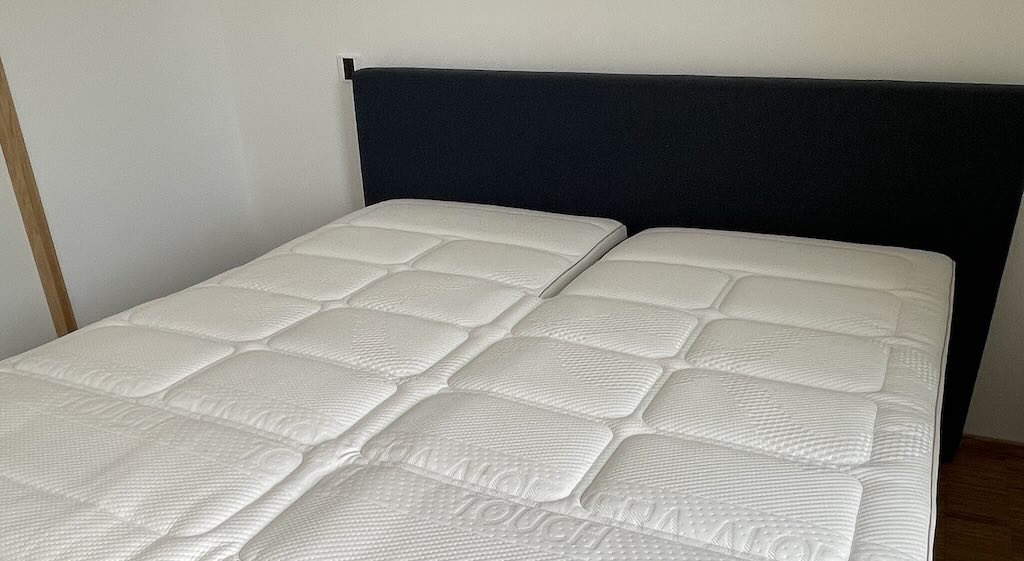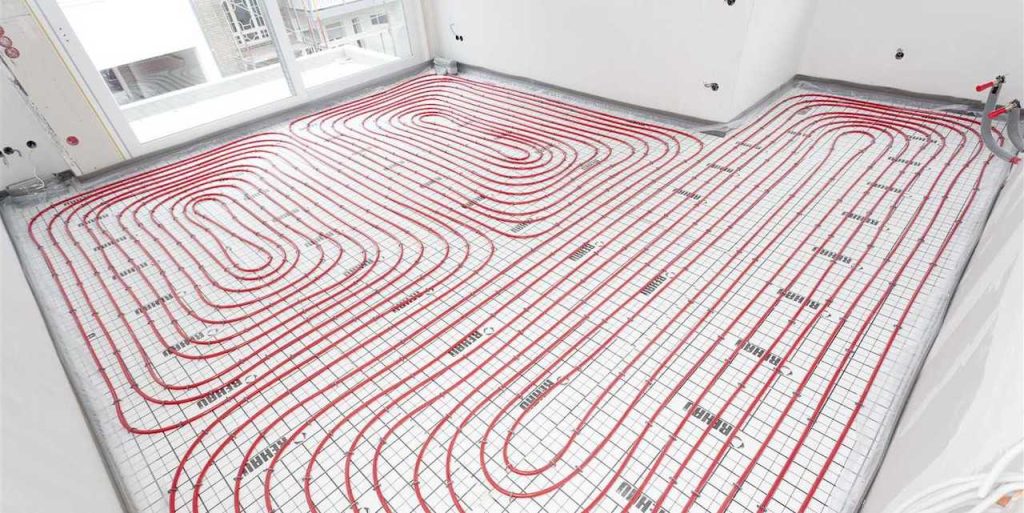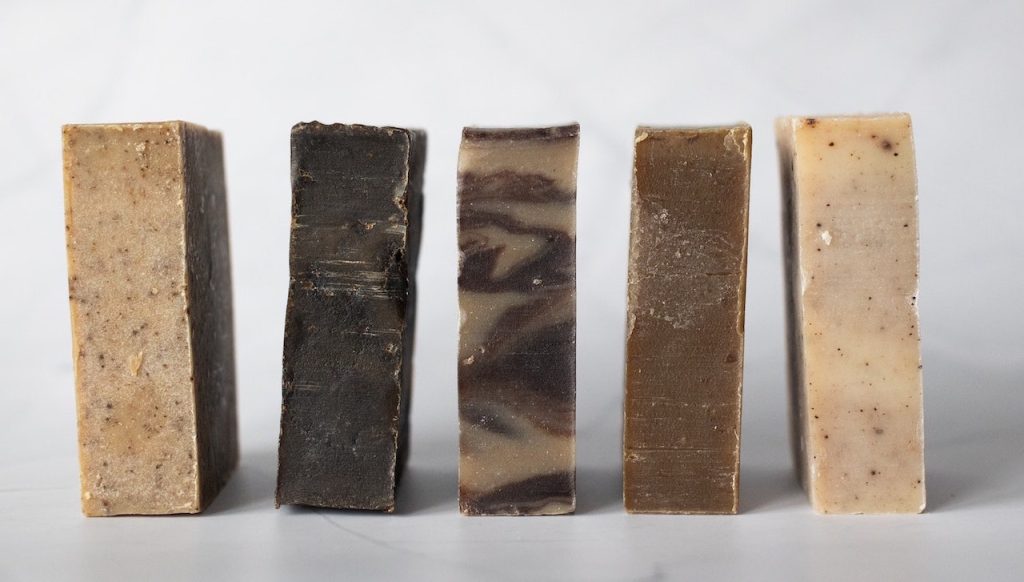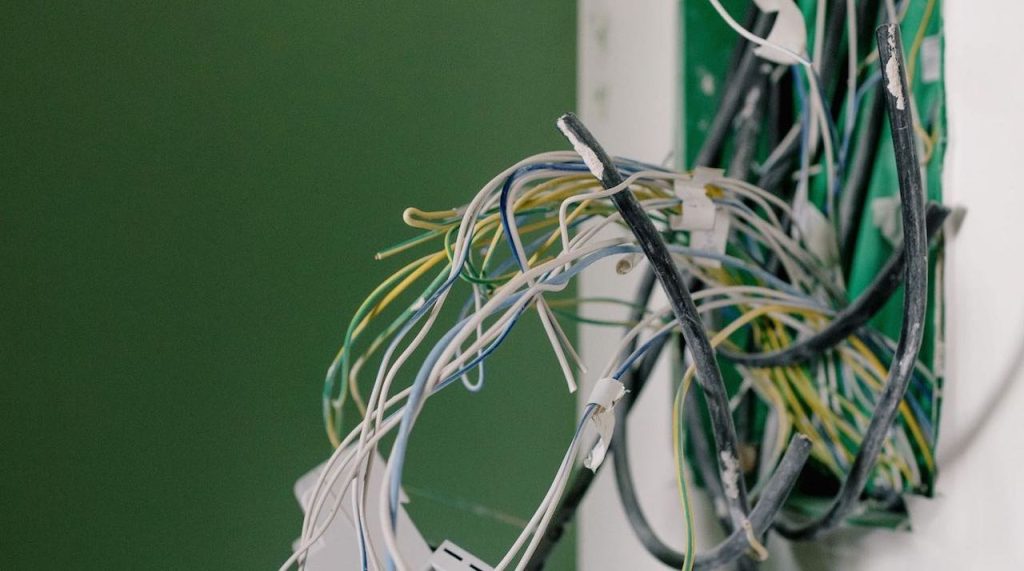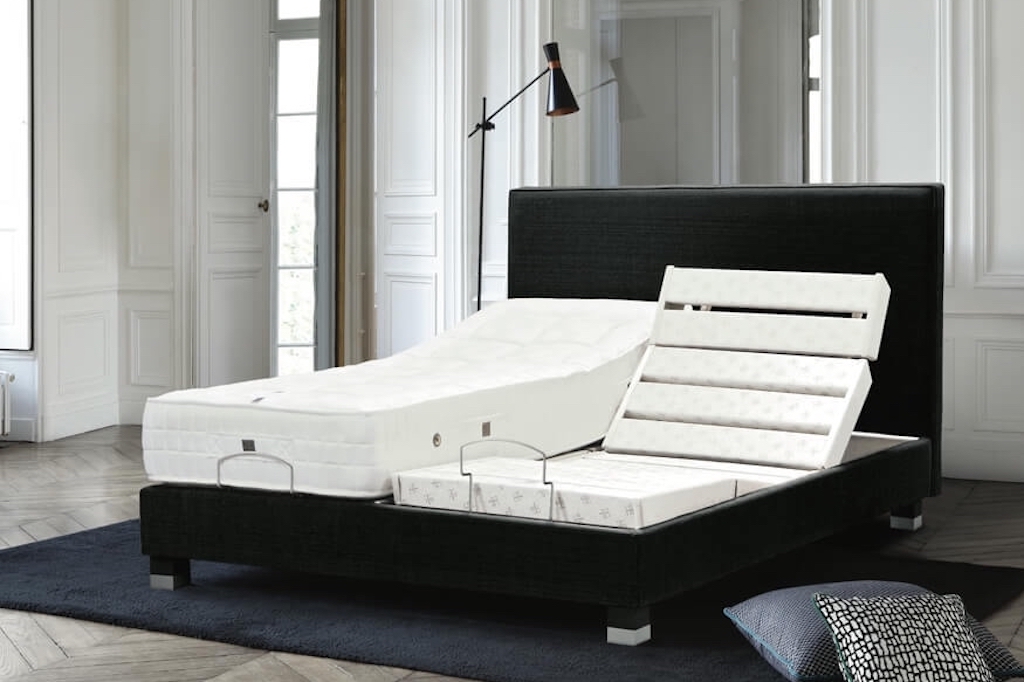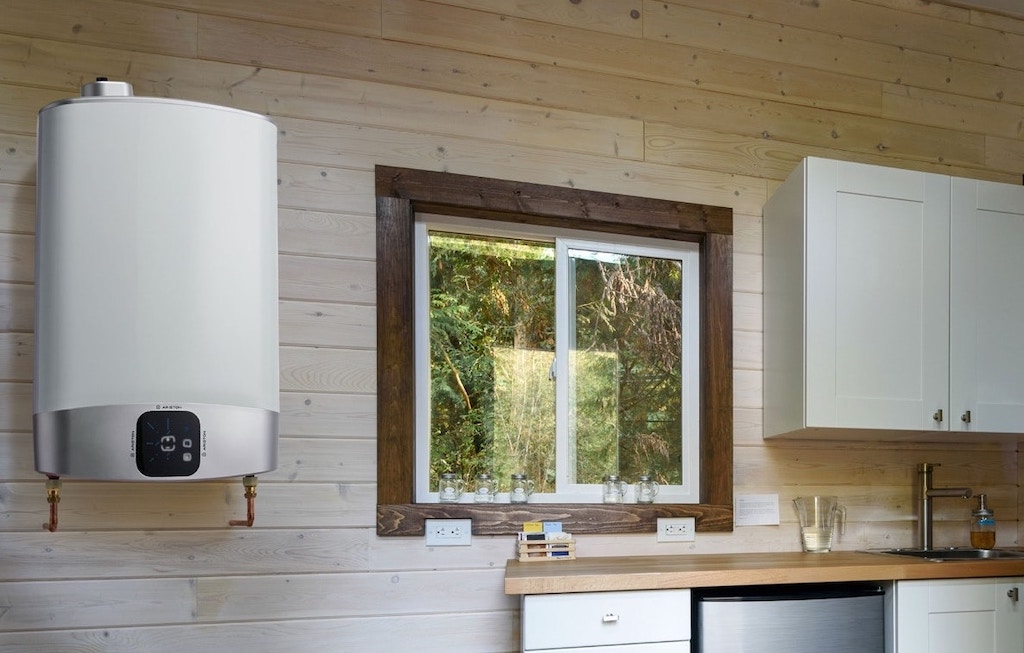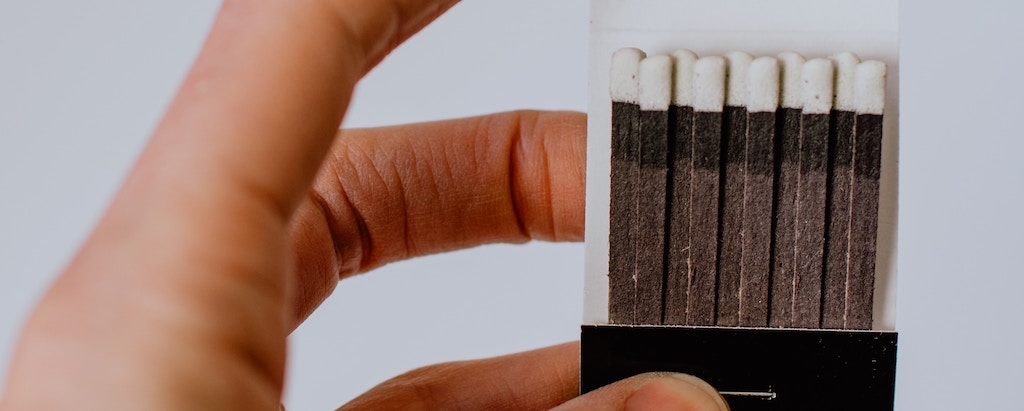In mid-2025 I had decided to move in to a new apartment that would I hope, allow me to age gracefully.
My logic for changing beds during this move might have been a bit convoluted, but here I’m interested in the bed I actually purchased, its installation, and how best to dress it.
In deciding to buy a new bed there were three determining factors.
Firstly, I’m not getting any younger, and sometime in the not too distant future I would have to change from a mattress height of under 40 cm, to one of 60 cm or more, just to preserve what was left of my knees.
Secondly, during the summer sales, there were some very compelling discounts (and it meant that the bed was immediately available).
Thirdly, it was easier to coordinate buying a new bed, with moving into my new apartment, e.g. I’m moving anyway, and downsizing/rightsizing at the same time.
Lastly, it’s worth noting that according to the experts our slatted bed would normally have had a lifespan of about 15-20 years, and we bought it 18 years ago (we changed the mattress about 5 years ago). And those same experts suggested that the ideal bed for people over 60 is an electric adjustable boxspring with a pocket-spring mattress with latex.
What Constitutes a Bed?
Firstly there is the bed frame, which supports the mattress and elevates it off the ground. There are variety of options, starting with the platform bed (no box-spring needed), then the slatted frame (wood or metal slats), and then the divan base (box-style base, often with storage), then the adjustable base (can incline the head/feet either manually or electrically), and not forgetting storage beds (with drawers or lift-up base), and finally the canopy or four-poster.
Then there is the optional headboard, which can be attached or free-standing, upholstered, or made of wood, metal, rattan, etc.
Then comes the mattress, the main element in providing comfort. This can be made of innersprings, memory foam, latex, or be some kind of hybrid. Mattresses will be defined by their firmness, and may include special features such as cooling gel, orthopaedic zones, etc.
Finally comes a bed protection and the linen. Sheets can be flat or fitted, and they can be made of cotton, linen, bamboo, flannel, percale, sateen, silk, etc.
There are the sleeping pillows than can be filled with down, memory foam, latex, or synthetics. And pillowcases often match the sheets.
And there are blankets, quilts, duvets, etc. (some covers can be electrically heated).
One often overlooked, but much vaunted, addition can be a mattress topper, which can add additional softness or support.
What's So Special About a Boxspring?
In the past, my wife and I always had slatted frames, with electric motors. But today I have decided on a boxspring, again with electric motors (wireless commands this time). So what so special about a boxspring?
Firstly, it is claimed that the springs in the base absorb some of the stress and motion that would otherwise go straight into the mattress. This means less sagging, fewer pressure points, and a longer mattress lifespan.
Secondly, boxsprings coupled with a pocket-spring mattress offers a softer, more responsive feel.
Thirdly, it was importantly for me that a boxspring raises the mattress off the floor, making it easier to get in and out of bed. Lifting the mattress also allows air to circulate underneath, reducing heat buildup and moisture retention. And less moisture means less mould risk, fewer dust mites, and a generally fresher sleeping environment.
Different Kind of Mattresses
Choosing the right mattress is essential for getting a good night’s sleep, but with so many types available, it can be hard to know where to start. Mattresses come in different materials, structures, and levels of support, all designed to meet specific sleep needs and preferences. People have different priorities, some look for extra support, my wife wanted a soft feel, and today eco-friendly options are very popular. I’ve tried to describe the various types of mattresses and what makes each one unique.
1. Pocket-spring mattresses
Pocket-spring mattresses are one of the most common and traditional types. They are made with a core of steel coils or springs, which provide support and a responsive feel.
Key features:
- Support and durability: The coils in innerspring mattresses are designed to offer firm support and can last for years with proper care.
- Breathability: The open structure of the springs allows for good airflow, making innerspring mattresses a cooler option compared to other types.
- Bounce: They tend to have a bouncy feel, which some sleepers prefer.
Best For: People who prefer a firmer mattress with good bounce and breathability, as well as those who sleep hot.
2. Memory foam mattresses
Memory foam mattresses are known for their ability to contour to the shape of a persons body. Originally developed by NASA, memory foam offers pressure relief by evenly distributing weight across the mattress.
Key features:
- Body contouring: The foam moulds to the body, providing personalised support for areas like the shoulders, hips, and back.
- Pressure relief: Memory foam is ideal for people who suffer from joint or back pain, as it reduces pressure points.
- Motion isolation: Memory foam absorbs movement, so the tossing and turning of one person in the bed won’t disturb the others sleep.
Best For: People who want a mattress that contours to their body and offers excellent pressure relief and motion isolation.
3. Latex mattresses
Latex mattresses are made from either natural or synthetic latex, offering a combination of support and bounce. Natural latex is derived from rubber trees, making it a popular choice for eco-conscious buyers.
Key features:
- Durability: Latex mattresses are highly durable and can last up to 15 years or more.
- Responsiveness: Latex provides a springy and responsive feel without the sinking sensation of memory foam.
- Eco-Friendly: Natural latex is a sustainable material, and many latex mattresses are made with organic materials.
Best For: People who prefer a bouncier mattress with more eco-friendly materials and excellent durability.
4. Hybrid mattresses
Hybrid mattresses combine the best features of innerspring and foam or latex mattresses. They typically have a base of coils for support, topped with layers of foam or latex for comfort.
Key features:
- Best of both worlds: You get the support and durability of innerspring mattresses along with the comfort and pressure relief of foam or latex.
- Support for multiple sleeping positions: The combination of materials makes hybrids suitable for a wide range of sleepers, offering both support and softness where needed.
- Temperature regulation: Hybrid mattresses often have better temperature regulation than all-foam mattresses because of the coil structure that promotes airflow.
Best For: Sleepers who want a balance between comfort and support, or couples with different sleeping preferences.
5. Organic and natural mattresses
Organic mattresses are made from natural and eco-friendly materials like organic cotton, wool, and natural latex. These mattresses are free from synthetic chemicals, making them a healthier and more sustainable choice.
Key features:
- Eco-friendly: Organic mattresses are made with sustainable, natural materials, making them a great choice for environmentally conscious buyers.
- Hypoallergenic: The natural materials used in organic mattresses tend to resist dust mites, mold, and allergens, making them suitable for allergy sufferers.
- Non-toxic: Organic mattresses are free from harmful chemicals, flame retardants, and synthetic materials, promoting a healthier sleep environment.
Best For: Eco-conscious individuals looking for a sustainable, non-toxic sleeping solution.
Choosing the right mattress depends on a persons sleep style, personal preferences, and any specific needs such as cooling, pressure relief, or sustainability. Whether someone prefers the firm support of an innerspring, the contouring comfort of memory foam, or the responsiveness of latex, there’s a perfect mattress for every sleeper.
How to Choose the Right Mattress?
How does someone pick between fixed and electric box springs, premium latex, pocket-spring, viscoelastic (memory foam), hybrid mattresses, etc.?
1. Sleep position
Sleeping position plays a key role in determining the level of firmness or support your mattress should provide:-
- Side Sleepers often require a softer mattress to cushion their shoulders and hips. Look for medium-soft to medium-firm mattresses.
- Back Sleepers need a balance between support and comfort. Medium-firm mattresses typically provide the right spinal alignment and pressure relief.
- Stomach Sleepers should opt for a firmer mattress to prevent their body from sinking too deeply, which can lead to back pain.
- Combination Sleepers should look for a mattress that offers versatility, ideally with medium firmness and adaptive materials.
2. Consider mattress material
Understanding the various types of mattresses available will help narrow down the options. The most common materials are:-
- Memory foam is known for its contouring properties. It provides excellent pressure relief and motion isolation, ideal for couples. However, it can retain heat
- Natural latex mattresses offer a combination of durability, support, and eco-friendliness. They also tend to stay cooler and provide a responsive, slightly bouncier feel compared to memory foam.
- Pocket-spring mattresses use coils to provide support and are often more breathable than foam options. They may not offer as much contouring, but they provide excellent support and edge stability.
- Hybrid mattresses combining pocket-springs and foam or latex layers. They offer the benefits of both materials, providing support, comfort, and temperature regulation.
3. Evaluate firmness levels
Choosing the right firmness level is crucial for a person’s comfort. Firmness is often rated on a scale of 1 to 10, with 1 being the softest and 10 the firmest:-
- Soft is ideal for side sleepers and those who need extra pressure relief.
- Medium is popular choice for combination sleepers and those who prefer a balance between softness and support.
- Firm is best for stomach sleepers and back sleepers who need more support for spinal alignment.
I actually ended up with an extra-firm mattress and a seven-cm topper. I wanted a mattress that would not let my spine sag, but with a topper that would softens the surface, giving pressure relief for my shoulders and hips. I felt that a hard foundation coupled with a comfort buffer was best for me. This choice was not random. I’ve slept in more than 20 different hotel beds over the past two years, and I always felt (literally) that I didn’t want a soft mattress, and I preferred a hard mattress with a good thick topper.
Why a Revor Bed?
Locally I visited two major collections of furniture, each including more than 50 different models of beds, most presented as full bedrooms, with furniture, etc.
My first requirement was a “comfortable” overall height as near to 60 cm as possible. Comfortable implied for a person sliding more or less gracefully into their 70s and beyond, and who had discovered they had knees (or what was left of them).
The reality was that there were only a handful of beds that approached, or exceeded, this 60 cm rule.
My second requirement was a dual-bed setup, with two motorised, independently adjustable frames placed side by side (e.g. for a 180×200 cm bed). Each side with separate control over the back and leg positions, with its own wireless remote control.
Thirdly, buying in a sale meant that the bed could be delivered immediately.
Two things surprised me. Firstly, prices ranged from less than €2,000 up to more than €15,000, and it was certainly not obvious what justified such a variation. Secondly, there were virtually no showroom beds with electric motors, and even fewer with wireless commands.
My options were limited, but in each showroom there were two of three options, all in the medium-high and prestige price brackets.
I was lucky to find a bed made by Revor, a well known Belgian (West Flanders) manufacturer specialising in mattresses and box springs, based in Kuurne. Their products are wholly Belgian-made, and backed by over 50 years of expertise. They also have a reputation for serving hotels, hospitals, etc. (which I took as a positive).
In addition they don’t import major components, and they avoid cheap polyurethane (PU) foams, and use instead high-grade latex, memory foam (Visco), or hybrid foams. Their pocket springs are thermally hardened, an improvement over the conventional Bonnell springs (old style with a narrower middle). This means better comfort, body support, and long-term durability.
The company claims to offer “affordable luxury” and they make everything from fixed and electric box springs to premium latex, pocket-spring, viscoelastic (memory foam), and hybrid mattresses, etc. There are a limited number of reviews published, but all very positive.
It’s actually quite difficult to know what exactly I purchased, although the sales people described well what was on offer. However the showrooms tend to use internal codes, and often avoids manufacturers catalogue descriptions. A bit anticompetitive, but understandable.
In any case I bought:-
- Two “Electrobox” 25cm high (90/200)
- “Vita” 13cm legs (plus two central legs)
- Two “Deco Relax” mattresses (90/200) one Firm, one XFirm
- Headboard “Directo” (105/200)
- The colour was “Bleu 50”
- A topper “Relax” (180/200) with 1-split.
The “1-split” for the topper means that a part is split in two to allow separate use of the electric motors (usually head/back). It possible to also find toppers with “2-split”, to allow also separate use of the motors for the legs.
The motors were from Germany Motions, and both were twin motors (back and legs) and the command uses Bluetooth.
Once delivered and installed, some of the labels provided more information.
The base consisted of two separate electric boxsprings (90×200 cm) with 4 motorised sections, i.e. back, lumbar, thighs, and legs. The box height was approx. 23 cm, and the base was upholstered in the same colour as the headboard (bleu 50).
The headboard was the model “Direct”, a simple straight design, 105 cm high, in bleu 50.
The mattresses were “Deco Relax 1500 90/200 Mono”. Mono actually means one-sided, non-reversible. Although I did see advice about occasionally turning them head to foot. One mattress was F (Firm) and the other XF (Extra Firm). Hybrid was mentioned, and from what I could see they appeared to consist of pocket-springs covered in a thick latex.
Each base had a motor unit S25, with twin motors and synchronised drive rods, to power the 4-plan electric boxspring.
Each boxspring had a foot/base kit, to stop the mattress moving when the head or foot were lifted.
Finally the legs were the model “Vita 13” noir.
The split topper was a “Relax Hybride” 180/200. The “hybride” just means a blend of high-resilience polyurethane foams.
The total height was 64 cm., including topper.
Dressing the Bed
Dressing the bed refers to the full process of outfitting the bed with all necessary layers, including mattress protection, fitted sheet, flat sheet or duvet cover, blankets, pillows with pillowcases, and bedspread, quilt, etc..
It does not include side tables, lamps, cushions, rugs, throws, and other bedroom elements.
My wife loved the heated blanket, but moving together into a care home we were obliged to adopt the duvet. Now alone, I decided to continue with the duvet. I’ve come to like the light but warm feel, and the ease in airing and making the bed.
We went with what is called “the best of all worlds”, a mix of 40% polyester, 30% viscose, and 30% Lyocell. This is said to be the best for heat and moisture management. The cover is 100% superfine satin.
